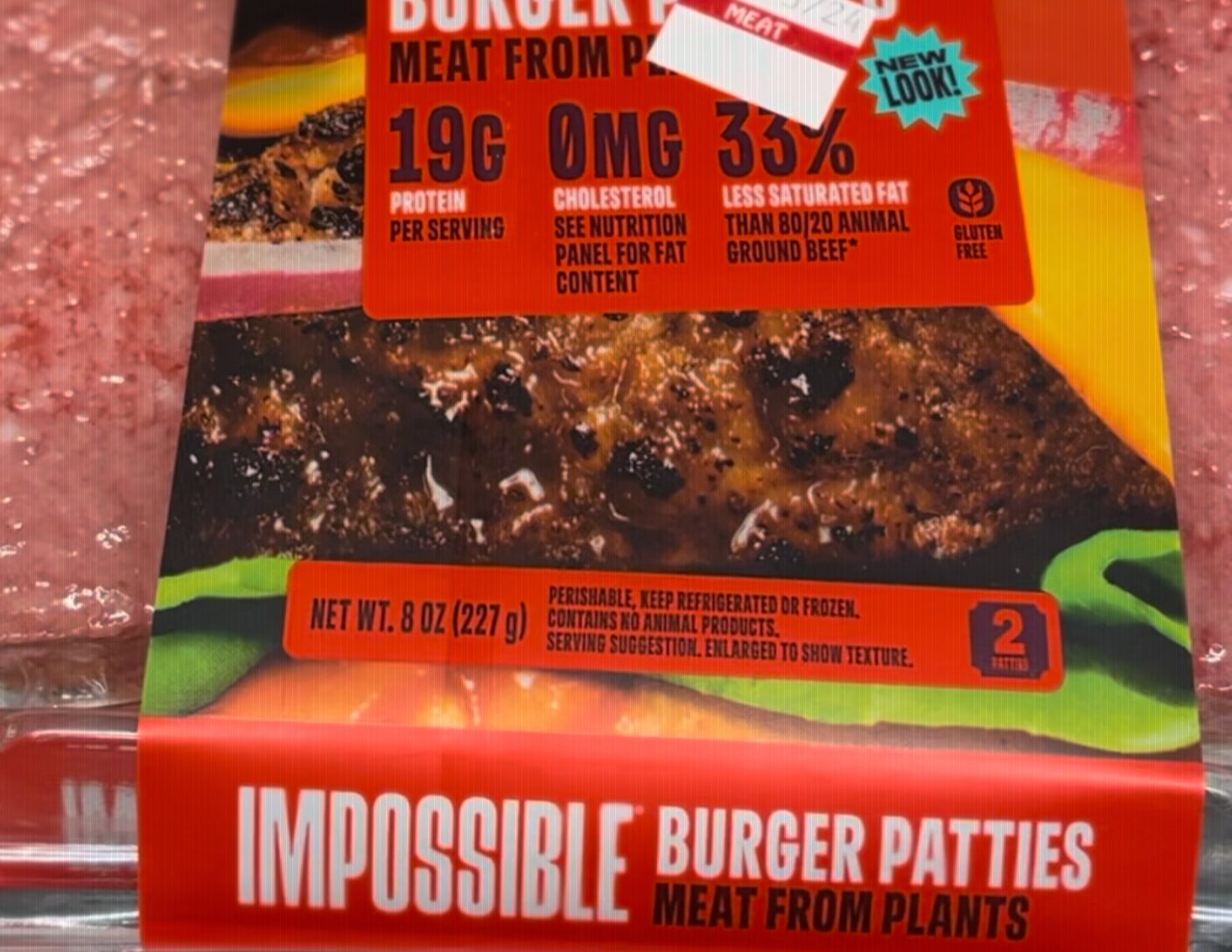Be Worth Your Salt
Salt is the most important spice on earth. Ranging from Sapien’s first forays in cooking and trade, to modern man’s pursuit of culinary prowess. Salt continues to be critical in aspirations of both taste and health. Although ubiquitous and economical, it is worth understanding the source of your salt, along with quantities, and nutritional added recommendations.
Historically, salt is the most important spice that moved bodies and civilization. This valuable commodity has and is used for preserving food, enhancing flavor, and at one time served as currency. Dating back to seminal civilizations such as Jericho on the West Bank of the Fertile Crescent, many early civilizations were built around geographies that facilitated salt cultivation. Trade routes were prioritized around salt producing hubs; even salaries of Romans included nuance to salt (the word salary is derived from the Latin word of salarium). Most importantly, salt was instrumental in the preservation of meat, allowing early humans to cache the rewards of the hunt; setting the initial structure for surplus and further aiding the progressions of humans’s dominion.
Salt Nutrition
Salt is primarily comprised of sodium and chloride (NaCl). Both being essential as vital electrolyte: Na being responsible for fluid balance, nerve function, muscle contraction, and blood pressure. The other half, Cl is important in maintaining the body’s acid / base balance (PH) and digestion as is component of stomach acid.
General recommendations for individuals is no more than 2,300mg (~1 tablespoon) per day. For active individuals daily value (DV) may be scaled up to activity. Magnesium is an essential mineral found in sea & Himalayan salt: although insignificant in quantity. some brands index 20mg per serving. Mens DV is ~410 mg and women DV being ~315 mg.
Types Of Salt
- Table Salt: The most common source comprising of sodium and chloride. Commonly containing additives such as iodine and anti-caking agents: yellow prussiate of soda is a chemical used to prevent said clumping that is considered safe in small quantities. However, excessive consumption should be avoided.
- Sea Salt: Produced by evaporating sea water. Containing trace minerals depending on source.
- Kosher Salt: Devoid of additives with larger and coarser grains that make it easier to sprinkle evenly. These larger grains being better for blood absorption and furthering the traditional koshering process.
- Himalayan Pink Salt: Mined from ancient sea salt beds in Himalayan mountains. Pink color is due to mineral content.
Marketing Dispelled
Much like any supplement, salt comes in many versions of source, process, alleged function, and price. As we investigate the claims of Himalayan sea salt, assuming source is legit, the color is appealing, but even if there is differences in mineral content, the amounts are too low to register on nutritional labeling. Bargain versions of salt are not cave approved as they often maintain higher sodium while containing anti-caking agents that are advised not to be consumed in large quantities.
LCC research determines sea salt to be the best salt spice option. Considering cost, lack of additives, and with some speciality brands indexing significantly lower in sodium. To this day, salt is still a critical spice for both cooking and health. Arguably, the first spice added to meat and vegetable alike.
Ensure your salt is from a clean and verified source without additive.














